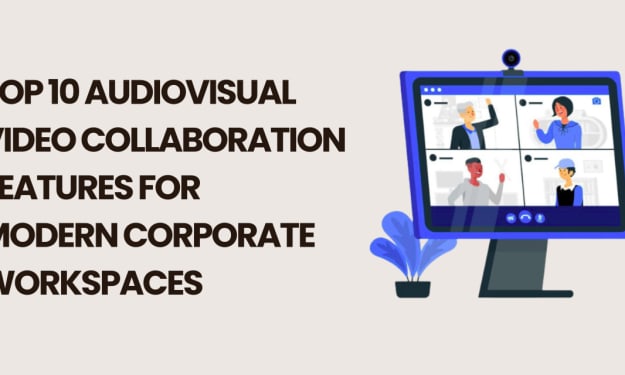Development of Quantum Computers
Development of Quantum Computers

The essence of a quantum computer is the qubits (or quantum bits) of data with very small particles that reflect quantum structures that obey the ancient laws of physics that govern our daily lives. Qubits are derived from small quantum materials such as electrons and photons that are standard quantum mechanical, such as spin, single-digit, or zero, as used in classical computers.
While the state of the old computer is determined by the binary number of small clusters at once, quantum computer circuits have the same number of quantum bits and cover all possible states corresponding to classical computers when operating large problem spaces. Unlike traditional computers, quantum computers use single and zero qubits in a third region called superposition, which allows the qubits to represent 1 or zero simultaneously. Unlike binary drums, qubits, which are a basic component of quantum computation, exist in the concept where 1 or 0 can be solved in one way or another by any measure.
With the current abundance and quality control of qubits, it is possible to build quantum computers that surpass classical computers in some problematic situations, as the Google team has shown. The technology to power 50 to 100 qubits (the basic knowledge of quantum computing) was achieved by Preskill in 2018, but there are only a handful of quantum algorithms and the question remains as to whether these algorithms can be bypassed by classical unthinkable alternatives. Quantum computers are liquid, and researchers are still concerned with how qubits are expressed and understand how they behave.
In 1998 Isaac Chuang of Los Alamos National Laboratory, Neil Gershenfeld of the Massachusetts Institute of Technology (MIT), and Mark Kubinec of the University of California, Berkeley built the first quantum computer with two Qubits loaded data and provided a solution to the problem. The quantum computer must maintain interaction between its qubits (known as quantum entanglement) to operate algorithms, due to the inevitable interaction between nature and the compound, and practical methods must be designed to detect and correct errors to measure a quantum system without interfering with its structure. , and reliable means of obtaining information must be made. New paradigms of quantum algorithms have emerged, such as adiabatic algorithms, metrological algorithms, algorithms based on quantum field theory-based algorithms, and new body models for the fulfillment of large computers: cold ion traps, I Quantum optics (where photons are used in visible holes to strengthen material systems), solid-state physics and the first NMR model have proven to be the ultimate in measurement.
The first quantum computer with 2 qubits can load data and produce a solution compacted in a few nanoseconds. This is small in the sense of solving major problems, but it has shown the principles of quantum calculation. Features such as gripping (changing the status of qubit while turning the state remotely) enabled quantum computers to solve certain classes of problems faster than classical computers. In 2019, Google demonstrated with its 54-qubit quantum computer the solution to a small problem that would take an old machine 10,000 years to solve.
Peter Selinger, a mathematician and computer scientist at Dalhousie University in Halifax, Canada, estimates that a computer might require several thousand qubits to make a chemical model. In fact, quantum computers use the interaction between qubits and the high probability of performing a series of functions in quantum algorithms, such as certain opportunities that develop the correct answer and others that suppress zero or negative feedback. Quantum computers use quantum bits, or qubits, to represent one and zero in the concept, a state that includes an infinite range of possibilities.
The 1000-qubit machine is an important milestone in the development of a fully compact computer, researchers say. The combination of structural similarities of spin qubits with standard transistors and qubits structures will make a significant contribution to the adoption of quantum computer systems. It is estimated that millions of qubits are needed for the production process. The machine marks a change for researchers now focused on reducing the error rate of individual qubits and improving the design and performance of the entire system, said Jay Gambetta, a physicist who leads IBM's quantum computing efforts.
Today, IBM has fulfilled its ambitions by announcing a roadmap for the construction of its first quantum computer, including the goal of building a 1,000-qubit machine by 2023. diamonds, as well as qubits stable on modern first-generation computers, can perform calculations and correct errors. The IBM machine will be the first quantum commercial computer outside the laboratory to integrate quantum and artificial computers as part of a 20-qubit processor for research and business applications.
The race is about to build the world's first profitable quantum computer that will complement the long-promised technological ability to help scientists create amazing new products, pinpoint data with complete certainty, and predict climate change. IBM has at least captured public relations with Google, which made headlines last year when it announced that its researchers had successfully used its 53-volume computer to solve a specific problem that they said could end ordinary computers and reach a milestone.
About the Creator
Enjoyed the story? Support the Creator.
Subscribe for free to receive all their stories in your feed. You could also pledge your support or give them a one-off tip, letting them know you appreciate their work.





Comments
There are no comments for this story
Be the first to respond and start the conversation.